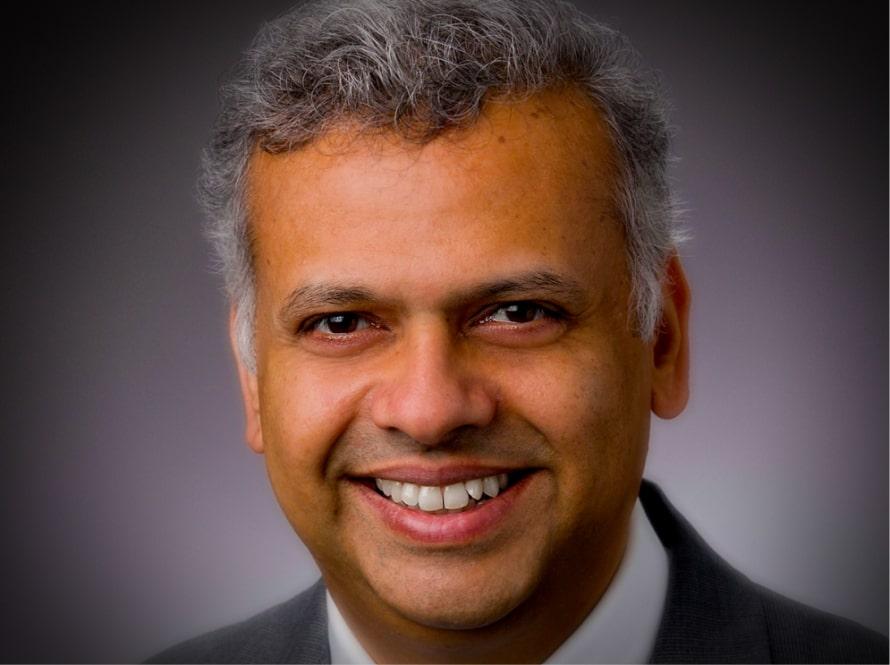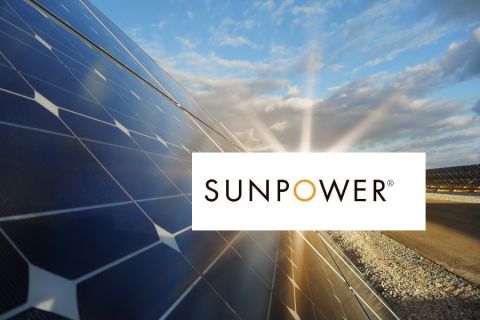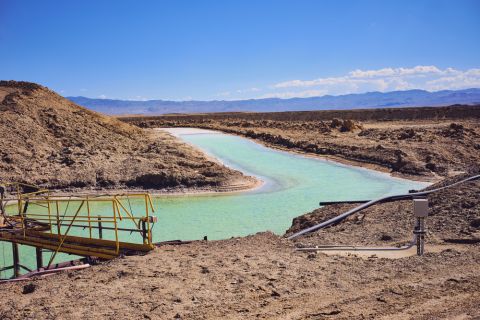
As the industry enters the third year of what appears to be a long upcycle, Weatherford is recommitting to strategies that helped its reinvention post-bankruptcy. (Source: Shutterstock)
As the industry enters the third year of what appears to be a long upcycle, Weatherford is recommitting to strategies that helped its reinvention post-bankruptcy.
In 2024, Weatherford CEO Girish Saligram said the company would continue to focus on its “five strategic priorities of organizational vitality, creating the future, customer experience, lean operations and financial performance,” during a Feb. 7 conference call discussing the company’s fourth-quarter and full-year 2023 results.

“The way I would characterize it is, the balance sheet is still not at a great position … but it’s definitely gone from being in pretty dire straits to being in a good position. So, we still have some wood to chop,” he said. Weatherford emerged from bankruptcy at the end of 2019.
For example, he said, Weatherford’s gross debt of $1.7 billion is “still a tad bit higher” than what the company would like. As such, chipping away at debt continues to be a priority, he said.
Weatherford’s focus on remaking itself is paying off, he said.
“As we enter 2024, Weatherford is a different company, both different from our own past, but also within the sector,” Saligram said.
Growing potential
In 2023, Weatherford saw growth in all segments, as well as increasing margins in North America despite revenue declining in a weaker market environment.
“If there was ever a litmus test of the change in the Weatherford operating culture, our North America performance passes it with flying colors,” he said.
Saligram is optimistic about the industry’s current boom.
“This upcycle shows clear signs of a longer duration than any time in the past couple of decades,” he said.
The combination of energy demand, growth in emerging economies, reservoir declines and lack of sustainable investment over the past decade suggests that maintaining current rates of production will require continued investment and activity for oil and gas projects, “at least through the end of the decade,” he said.
He said the outlook is supported by the fact that more than 100 large projects, each requiring investments exceeding $1 billion, are on track to reach final investment decision (FID) over the next three years; nearly 700 smaller projects are awaiting FIDs as well.
“The large majority of these projects are in countries and regions where Weatherford has invested significantly, and that positions us well for growth now and in the future,” he said.
Inorganic growth
The company has also increased its investment in technology, he said, and announced three acquisitions.
Weatherford acquired wireline companies Probe and Impact Selector International from Turnbridge Capital Partners along with Ardyne, a well decommissioning company.
Of those, Weatherford paid cash for one and the others largely with equity.
Saligram noted the acquisitions are Weatherford’s first additions in a while and said the company is committed to “a totally different integration paradigm” than it has followed in the past.
“We are not ever going to be a serial acquirer again. I want to make sure that I am very explicit about that,” Saligram said.
Criteria for potential acquisitions includes strategic fit, margin accretion, positive cash flows, being deleveraging in nature and fitting within Weatherford’s market valuation envelope, he said.
Arun Mitra, Weatherford’s CFO, said the company wants to ensure any M&A activity is well thought out and that integration plans will actually deliver value.
“We are not interested in driving scale for the sake of scale. We want to drive scale for value-creation,” he said.
The company has looked at several larger transactions but passed on them, he said.
“We set a pretty high bar and, especially given our history, I think that’s warranted,” he said.
Earnings by the numbers
On Feb. 6, Weatherford brought in fourth-quarter 2023 net income of $140 million on revenues of $1.36 billion. That was up slightly compared to third-quarter 2023 net income of $123 million on revenues of $1.31 billion.
The company has nearly doubled net income since fourth-quarter 2022, when it generated net income of $72 million on revenues of $1.21 billion.
For the full year 2023, the company reported net income of $417 million on revenues of $5.14 billion, compared to the previous year’s net income of $26 million on revenues of $4.33 billion.
Weatherford repaid $226 million in debt on 6.50% senior secured notes, including $75 million in fourth-quarter 2023 and an additional $151 million in January.
“During the fourth quarter of 2023, credit rating upgrades from S&P to B+ with a positive outlook, and Moody’s to B1 with a positive outlook and Fitch ratings initiating a rating of B+ reflects the tangible improvements we have made in our operating performance and balance sheet,” Mitra said.
Recommended Reading
First Solar’s 14 GW of Operational Capacity to Support 30,000 Jobs by 2026
2024-02-26 - First Solar commissioned a study to analyze the economic impact of its vertically integrated solar manufacturing value chain.
SunPower Begins Search for New CEO
2024-02-27 - Former CEO Peter Faricy departed SunPower Corp. on Feb. 26, according to the company.
SunPower Appoints Garzolini as Executive VP, Chief Revenue Officer
2024-03-14 - Tony Garzolini will oversee SunPower’s sales, including the direct, dealer and new homes channels, along with pricing and demand generation.
Utility, Clean Energy Company Allete to Go Private in $6.2B Deal
2024-05-06 - The Minnesota-based utility said on May 6 it agreed to be acquired by a partnership led by Canada Pension Plan Investment Board and Global Infrastructure Partners.
M4E Lithium Closes Funding for Brazilian Lithium Exploration
2024-03-15 - M4E’s financing package includes an equity investment, a royalty purchase and an option for a strategic offtake agreement.






